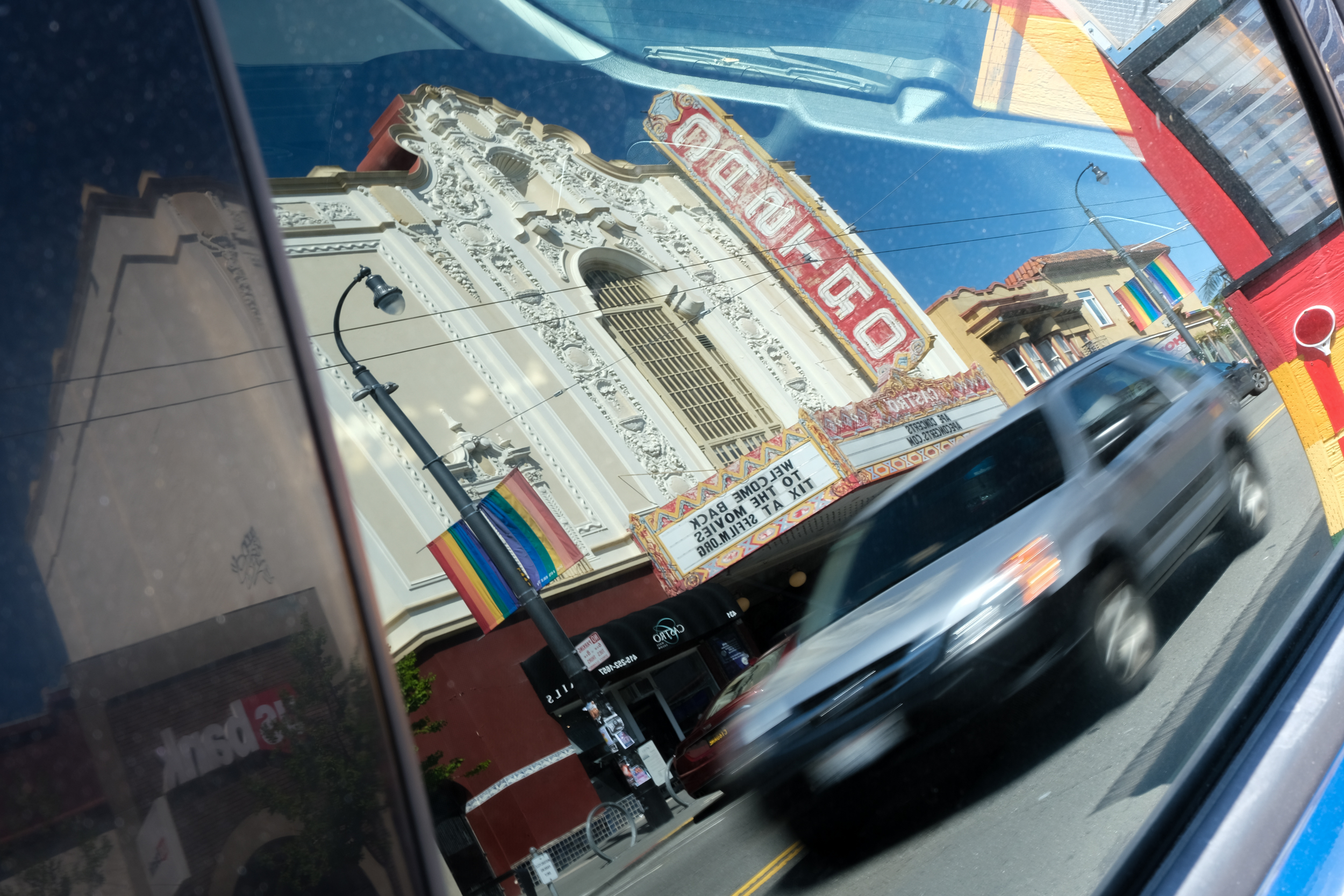Motorists will have to drive slower on several key corridors across the city after a unanimous decision by the city’s transit agency on Tuesday. The targeted corridors are part of the city’s High Injury Network, streets that account for three-quarters of the city’s traffic injuries and fatalities.
The corridors will have their speed limits reduced to 20 mph from 25 mph, and include parts of Castro, Divisadero, Market, Noriega and 3rd streets. Also on the list are sections of Balboa, Stockton and Mission streets, as well as parts of Geneva and West Portal avenues. The changes won’t go into effect for 30 days—and the city will only issue warning citations for the first month they are in effect, giving drivers time to change their habits.
San Francisco Municipal Transportation Authority staff said at a Tuesday meeting that speeding is the leading cause of crashes in San Francisco. In the planning process, the agency cited research that found a person has a 90% chance of surviving being hit by a car moving at 20 mph, versus a 20% chance of survival if the car is moving at 40 mph.
“Even 5 miles per hour is the difference between someone who survives a crash,” said Ryan Reeves, who leads SFMTA’s Vision Zero program.
Late last year, the agency approved an initial wave of new 20 mph zones in business corridors including Haight, Fillmore, Polk and Valencia Streets. SFMTA also lowered speeds in the Tenderloin, where streets are most dangerous for pedestrians, along 17 corridors. The agency hopes to approve an additional 23 corridors in June, and is developing a possible third phase that would include 50 more eligible corridors, mostly concentrated downtown.
The changes are made possible by AB 43, a new state law that allows cities to drop speeds by 5 miles per hour in certain business districts that have no more than four lanes. The law also requires that the corridor be mostly used for dining or retail.
In a tweet on Tuesday, Supervisor Gordon Mar expressed his support for the changes in his district on Noriega as part of this round, and on Taraval and Irving, which are part of the potential next round of speed reductions.
SFMTA is slated to consider those two sections, plus parts of Clement, Chestnut, Union, Columbus and Grant streets, this summer.
